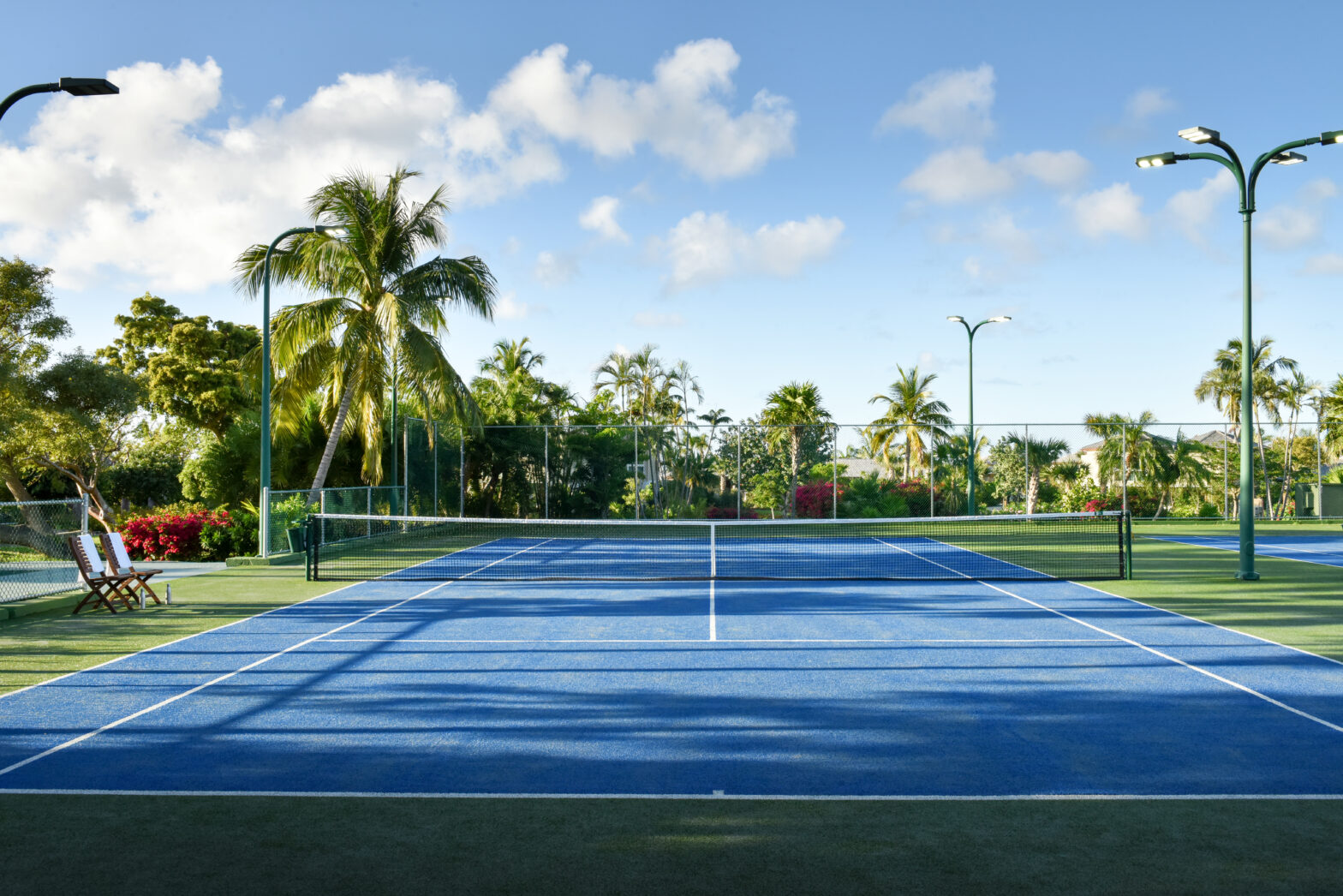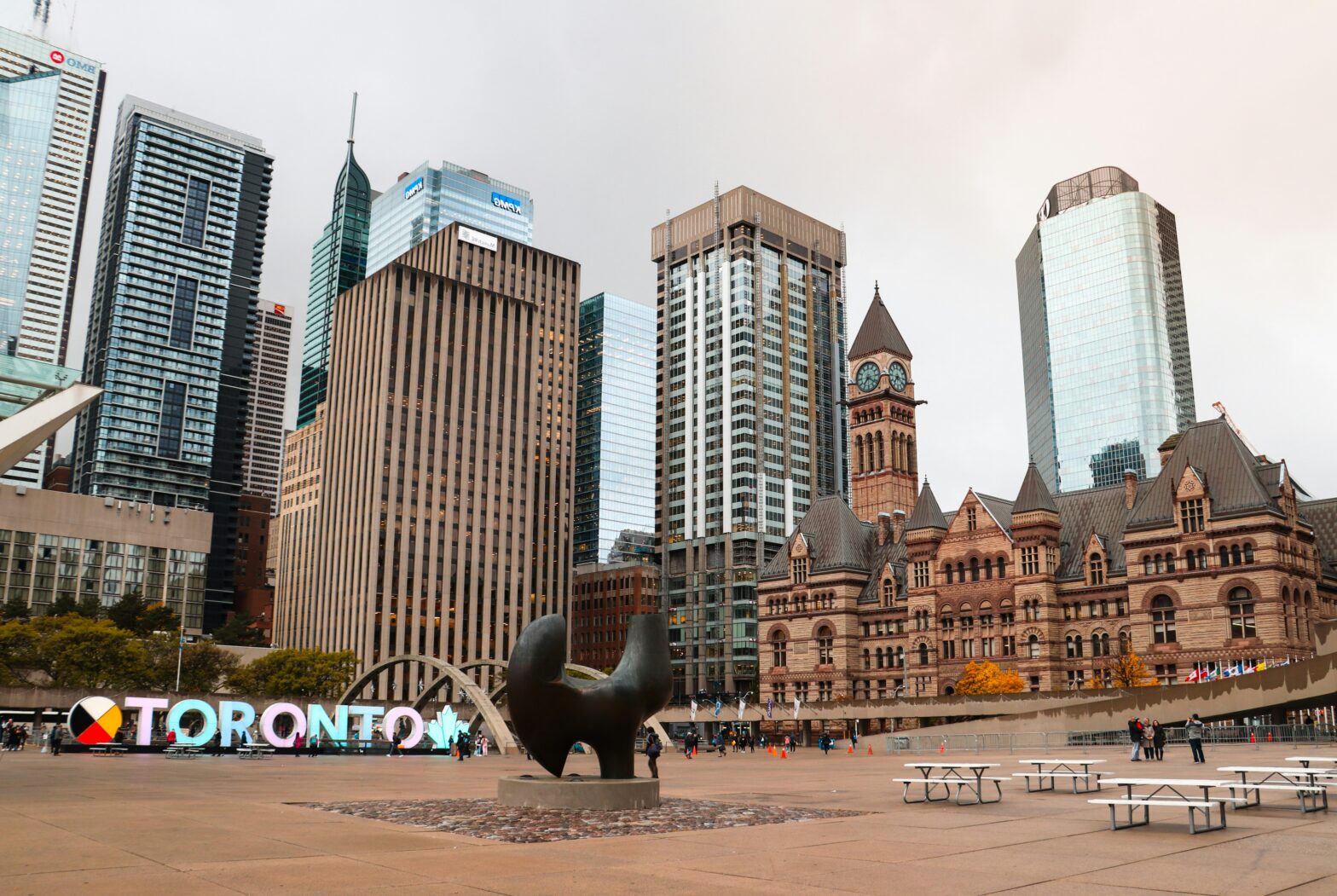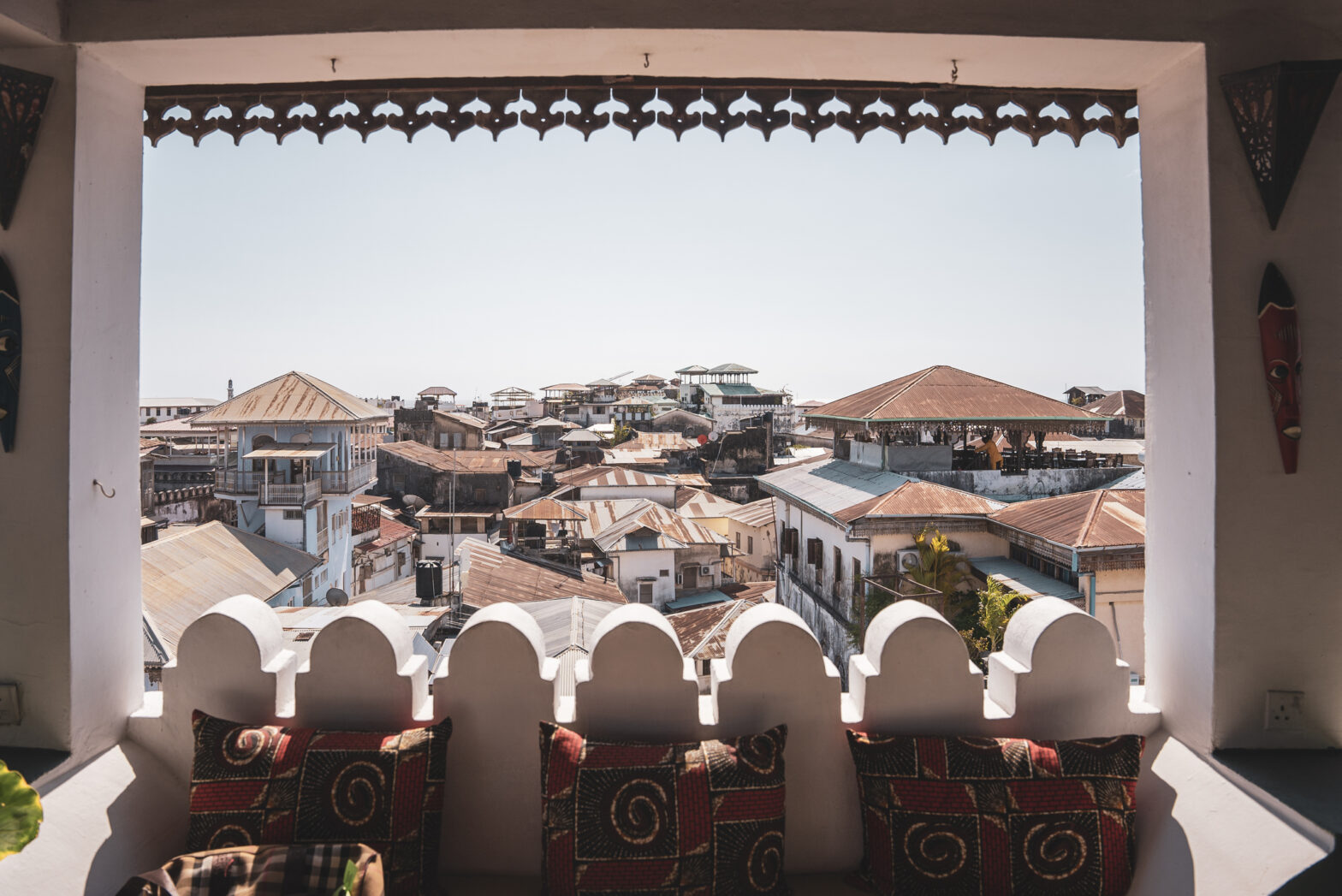Let’s first start off by saying that the Seychelles is home to some of the world’s most gorgeous beaches. Seychelles invites you to experience the beauty of nature with its stunning blue skies, vibrant green trees, and picturesque sandy shores. Don’t miss the chance to add Seychelles’ secret beaches and local haunts to your bucket list for an unforgettable adventure!
Need to Knows about Traveling to The Seychelles
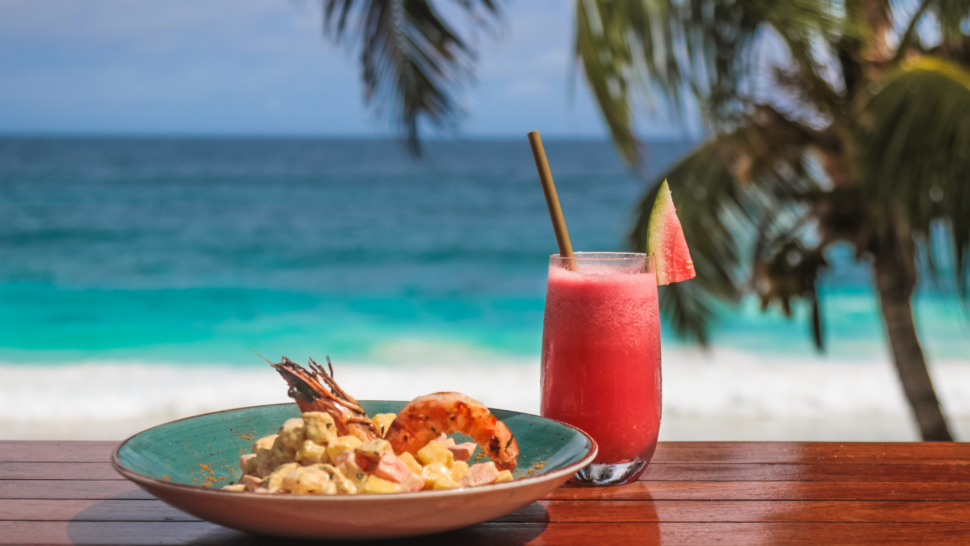
Located in the Indian Ocean, east of mainland Africa, the Seychelles consists of 115 known islands. Only 15 are inhabited. Still, with a population of around 100,000 there is an amazing melting pot of African, European, and Asian influences. However, English is the official language. You can ‘wow’ the locals by learning fluent phrases in Seychellois Creole, widely spoken around the islands.
The best time to visit Seychelles’ secret beaches and local haunts is during shoulder seasons (April-May and September-October). This is when the weather is pleasant, crowds thin out, and it’s more affordable all around. April has the annual Festival International de la Musique that brings musicians worldwide to perform. Hit up another event in April at the Carnaval International de Victoria (the capital). This colorful carnival is an unmatchable experience of celebrating diversity and cultural exchange.

Getting around to all of Seychelles’ secret beaches and local haunts isn’t the easiest sometimes. A lot of the spectacular and Insta-worthy views take a lengthy hike or rocky ferry ride to one of the three distant islands. You do have the ability to rent your own car or use the local bus and taxis to travel within the island. Grand Anse and La Digue can be around three hours on a ferry.
Seychelles’ Main Island — Mahé
Slightly bigger than Manhattan Island in New York City, Seychelles’ main island is a short 48 miles (77.25 km) completely around the coastline. Plus, not all the coast is accessible, so the Seychelles secret beaches are few and far between. If you plan to do anything on the Mahé island, visit the secluded Ros Sodyer Rock Pool at Takamaka Beach. Yes, you can swim in it!
Visit the Anse Intendance, which is a secluded gem, that has incredible views of the mangroves and massive granite formations. If you’re in it for the wildlife, this Seychelles island is a known nesting ground for turtles. Those looking to experience the ultimate luxury, check out the Banyan Tree Hotel. This luxury stay is nestled away in a lush jungle at the remote edge of the beach.
La Digue Island
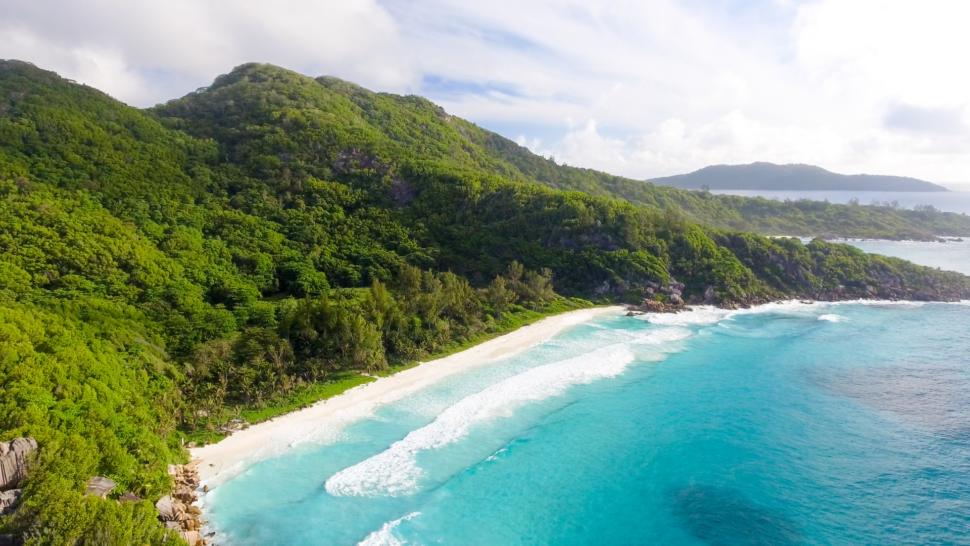
Known as the most authentic and relaxed areas of the inner Seychelles islands. La Digue Island is an absolutely must-see experience when visiting the Seychelles. If you want to avoid all the “tourist traps”, skip Anse Source d’Argent. Though it’s one of the most photographed beach in the world, experiencing these views demands a hefty 30-mile hike. You can get a similar vibe at these other spots on La Digue island.
Anse Cocos Beach

At the far eastern edge of the island is this secluded beach. It has a noticeable C-shape coast that encloses it into a pretty small little spot. Large rocks, beautiful blue waters, and golden sand line the island. Words still can’t describe just how incredible of a view you get of the Indian Ocean. But, major flag here, these tides can be very unpredictable. We’ve all seen clips of people getting sloshed against those rocks… don’t be them.
Get the Creeps at These Seychelles Spots
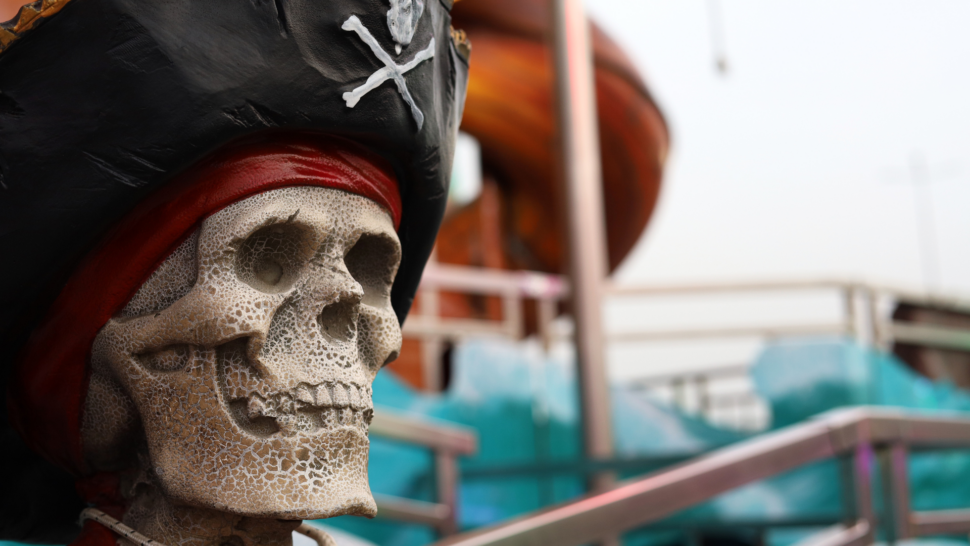
The tales and crypts of Seychelles secret beaches and local haunts are as wild as the islands themselves. This folklore gives you a glimpse into the creative and spiritual experiences from the Seychellois people. And don’t forget about exploring Silhouette Island as you discover Seychelles’ secret beaches.
When you visit the Grann Kaz Plantation house, now in the Hilton Labriz Resort, expect chills… everywhere. At times, it’s said you can faintly hear the ghost of a two and a half year old little girl jumping on the bed and playing with her toys. Not technically scary, but still eerie.
Moyenne Island
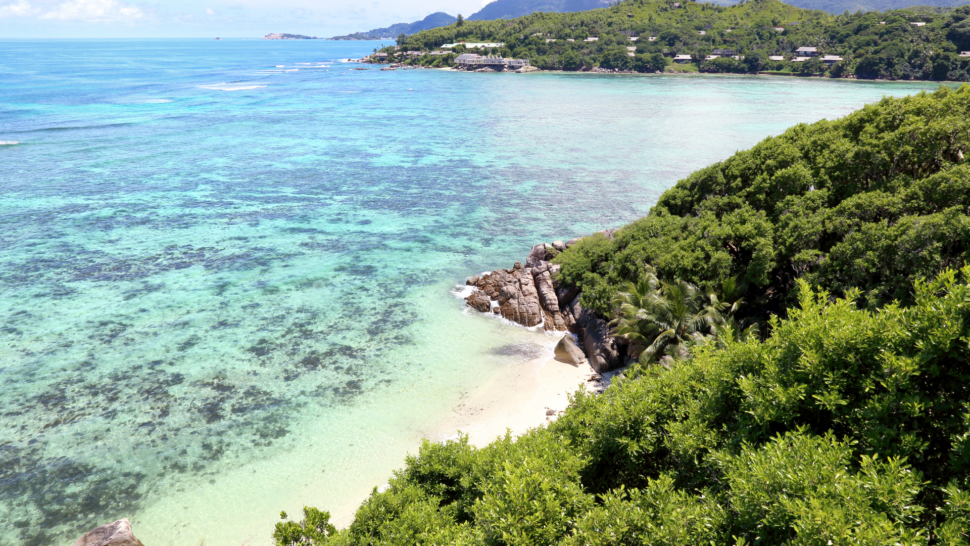
This place is further evidence that shows pirates once inhabited the islands to bury treasure. A known practice by these pirates was to kill their own men and leave behind their spirit to watch over their treasure. Today, there are two single gravestones on the island, carved with the words “Unhappily Unknown”. This is the resting place of two former pirates, their souls on permanent watch duty — at least, according to local legend.
Fregate Island
Now we can whip out the fog machine and eerie music. Locals and tourists report seeing the “Headless Woman”. She is of no fright to the local Seychellions though, who believe she protects Seychelles’ secret beaches and coastal shores. Alternatively, some claim she is actually protecting the ancient treasures brought to the island by pirates more than 300 years ago.
UNESCO Must-Visits in Seychelles
UNESCO is dedicated to preserving the exceptional universal value of these sites by providing support for conservation initiatives and tackling issues like urban growth, tourism, and environmental disasters. Seychelles’ involvement in the World Heritage Convention demonstrates its dedication to safeguarding these priceless locations.
The Vallée de Mai
This Natural Reserve, covers an area of 19.5 hectares and is well-known for its exceptional biodiversity and the remarkable coco de mer nuts. Conservation efforts are being actively pursued to protect this unique ecosystem.
The Vallée de Mai is home to a diverse range of native species, with the iconic coco de mer palm dominating the landscape. This forest is also a habitat for the rare Seychelles Black Parrot, a bird species that exclusively nests on Praslin Island.
Other notable critters of the reserve include the Seychelles skink, various geckos, and a variety of bird species such as the blue pigeon. The flora and fauna of the natural reserve provide a glimpse into the island’s ancient ecologies. As a UNESCO-protected site, it safeguards one of the most pristine forest ecosystems in the world.
The Aldabra Atoll
Located in the Outer Islands of Seychelles, it is renowned for its distinct environment and diverse range of plant and animal life. Comprising four large coral islands surrounding a shallow lagoon, it provides a home for many species found nowhere else.

The Aldabra Atoll is home to a wide variety of life forms, including more than 400 species that are unique to the area. One of the most well-known inhabitants is the Aldabra Giant Tortoise, with a population of over 100,000. The atoll’s plant life consists of mangroves, grasses, and shrubs, which offer important shelter and food for the wildlife. It is also a popular location for bird enthusiasts, as it is home to numerous bird species such as the Aldabra Drongo and various types of frigate birds.


